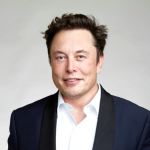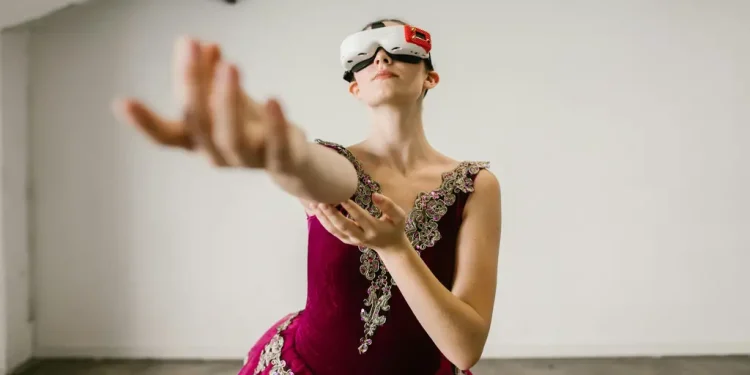Art: A New Era of Creativity
Artificial Intelligence (AI) has made its way into the world of art, opening doors to creative possibilities that were once unimaginable. By utilizing AI, artists can now generate artwork through algorithms and machine learning. One of the most famous examples is the painting titled “Edmond de Belamy,” which was created by a generative adversarial network (GAN). This artwork was even sold at a prestigious auction house, proving that AI-generated art is gaining acceptance.
Moreover, AI is helping artists to experiment with new styles and techniques. Tools like DeepArt and Artbreeder allow creators to blend different art forms and come up with unique pieces. Imagine an algorithm that can mimic the styles of famous artists such as Van Gogh or Picasso, enabling modern artists to incorporate classical influences into their work seamlessly.
Music: Composing Melodies with Algorithms
The music industry is also experiencing a revolution thanks to AI. Composing new music now involves sophisticated algorithms that can analyze existing music to create new compositions. An AI program named AIVA (Artificial Intelligence Virtual Artist) is capable of composing symphonies and has been recognized by music experts for its surprisingly high-quality work.
Additionally, AI is being used to personalize music recommendations. Streaming services like Spotify and Apple Music utilize machine learning to study listeners’ preferences and suggest songs or playlists tailored to individual tastes. This not only enhances user experience but also helps in discovering new artists and genres that might have been overlooked.
Literature: Writing Stories with AI
When it comes to literature, AI is proving to be a powerful assistant. Natural Language Processing (NLP) allows AI to generate coherent and engaging text. For instance, GPT-3, a highly advanced language model, can write essays, stories, and even poems that are indistinguishable from those written by humans.
Writers can also use AI to enhance their creative process. Tools like Grammarly or Hemingway Editor offer suggestions for improving grammar, style, and readability, making the editing process faster and more efficient. AI can also help in brainstorming ideas, plot development, and even character creation, providing authors with a valuable resource to overcome writer’s block.
Entertainment: Smarter and More Interactive Experiences
In the entertainment industry, AI is bringing about more immersive and interactive experiences. One of the significant advancements is in the field of gaming. AI technology enables the creation of more intelligent and responsive non-playable characters (NPCs) that can learn from players’ actions and adapt accordingly. This makes games more engaging and adds a layer of unpredictability.
Movies and TV shows are also benefiting from AI. AI-powered algorithms can help in scriptwriting by predicting what type of content might resonate with audiences. Additionally, special effects and CGI (Computer-Generated Imagery) are becoming more realistic, thanks to AI-enhanced rendering techniques. This allows for the creation of fantastical worlds and characters that would be difficult to achieve with traditional methods.
Even virtual reality (VR) and augmented reality (AR) experiences are being enhanced by AI. These technologies can create more realistic and engaging environments, making the viewer feel part of the story. AI can track user movements and reactions in real-time, adapting the experience to suit individual preferences.
From generating masterpieces in art to composing symphonies, writing literature, and creating more interactive entertainment experiences, AI is transforming the creative landscape in profound ways. While there are concerns about the potential impact on traditional forms of art and creativity, the integration of AI in these fields opens up new horizons and opportunities for innovation. The key lies in striking a balance, where human creativity and artificial intelligence complement each other to create richer, more diverse forms of expression.










